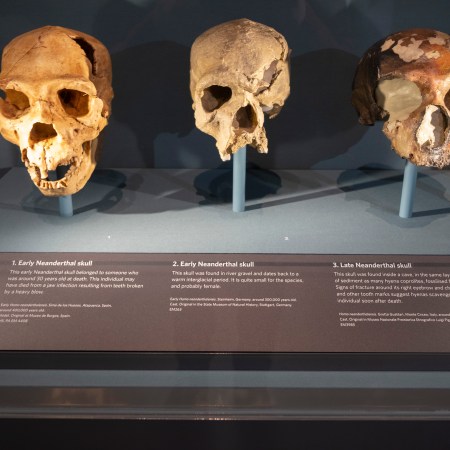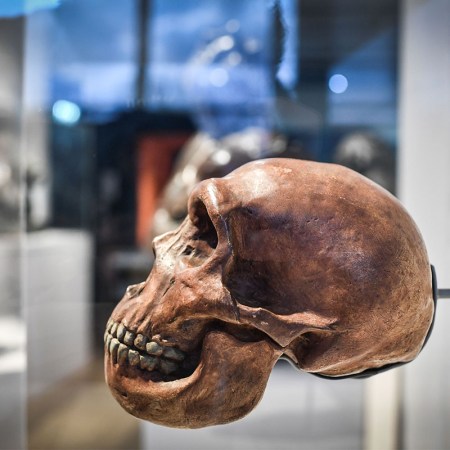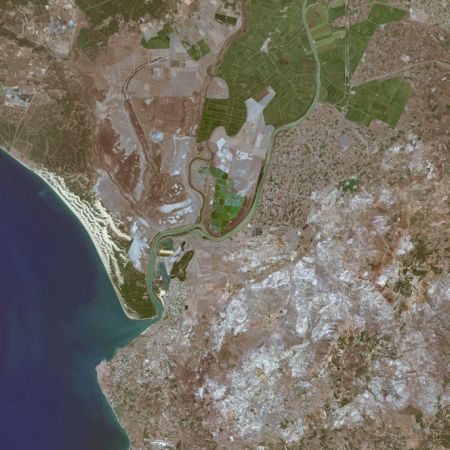In 1933, a group of workers were building a bridge over the Songhua River near Harbin, China, when they made an unexpected discovery: a fossilized human skull that appeared to be very, very old. One of the workers hid the skull in an abandoned well, worried that it might be taken away by invading Japanese forces. The man who hid it died in 2018, but not before telling his grandson the whole story. So writes Ian Sample at The Guardian, and what follows offers an even more compelling narrative.
Professor Qiang Ji led a group of scientists at the Hebei Geo University in China in investigating the skull and its origins. They concluded that it was at least 146,000 years old and possibly even older. And where, exactly, the skull fits in the span of human history has sparked a debate among scientists. As Sample notes, “the Harbin skull and a handful of others from China formed a new branch closer to modern humans than Neanderthals.”
In their report on the findings, the BBC notes that the skull has been nicknamed “Dragon Man.” And it also quotes one of the researchers who examined the skull to give a sense of what this means as far as our understanding of prehistory is concerned.
“In terms of fossils in the last million years, this is one of the most important yet discovered,” said Professor Chris Stringer of the Natural History Museum in London. Given what it has to say about the evolution of humanity, it’s hard to disagree.
Thanks for reading InsideHook. Sign up for our daily newsletter and be in the know.


















